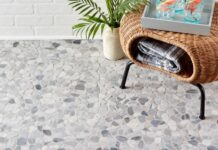
Over the past few years we might have noticed how the lighting industry has progressed when it comes to creating fixtures which not just illuminate the room but also add visual appeal to it. There are many different ways one can use these decorative fixtures to improve lighting in any personal space as well as enhance the appearance of it. These spaces require special attention because most of the time is spent here.
Homes and offices both have different rooms which serve different purposes. The lighting layout mostly differs in each room as per its requirement.
Layout for homes
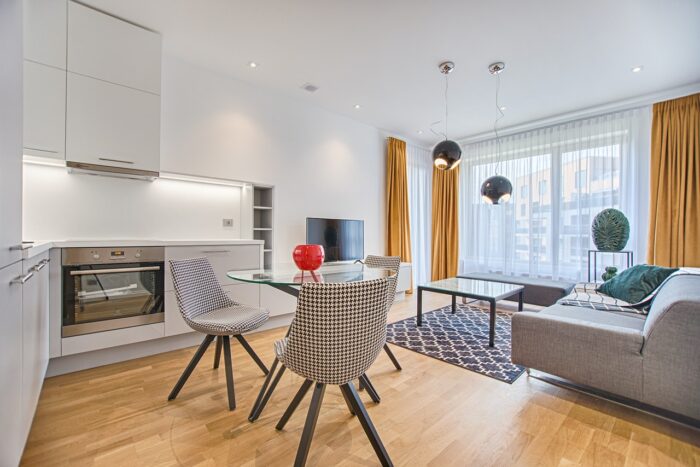
In homes, the basic division is kitchen, bedrooms, lounge, and bathrooms. All these rooms serve different purposes hence the layout differs in many ways. Decorative lights have the ability to blend in with the surrounding and serve as an accessory as well as a light source.
Most of the decorative lights are of use in lounges and bedrooms such as chandeliers, sconces, floor lamps etc. which you can check here.
For kitchens
A kitchen layout consists of lighting which facilitates the tasks relative to the kitchen. In kitchens, the light must be even, bright and focused. The main points of focus within the kitchens are preparing stations, countertops which are also under cabinets and shelves. Although the layout of kitchens differ in so many ways, decorative light fixtures such as pendants and recessed lights are primary options.
For lounges
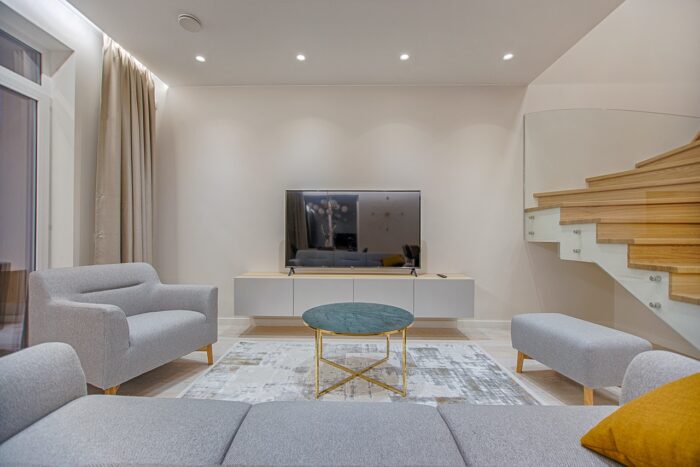
Lounges are liminal spaces within a house. They are the centre and almost always occupied by the inhabitants. These spaces must be a match for both comfort and unwinding after a long day. Not just that lounges accommodate the many gatherings one could host. They are multipurpose and hence the lighting must be ambient and transitory to accommodate all activities. The most common choice of fixture for lounges are chandeliers, these fixtures hold a high aesthetic value and serve as both an accessory and the primary source of light in most cases. There is a huge variety of chandeliers available in the market which are contemporary, vintage, classic, futuristic etc.
The sizing also varies for different ceiling heights and applications which just make the design options endless.
For bedrooms
Bedrooms are for resting and thus the light must be ambient and soft which is fit for resting. It must be bright enough to illuminate the room but also create a uniform layout which is easy on the eyes. Most of the decorative lighting for bedrooms consist of ceiling lights, floor lamps, wall lights etc.
Layout for offices
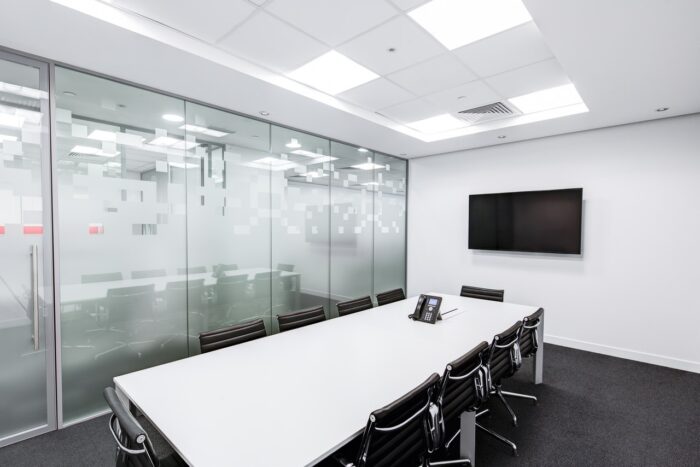
Offices are mainly task oriented and require bright lighting for visibility, efficiency and focus. It accommodates a number of people at one time and various processes are ongoing under one roof. These spaces require uninterrupted lighting for at least 8-12 hours or round the clock in several cases. Maily panel lights are used in offices as a basic source of lighting which not just illuminates but also facilitates the tasks.
But not all offices serve the same purpose and hence the decor holds importance. For different businesses different layouts are designed. Offices usually have various zones such as:
- Reception/waiting area
- Meeting rooms
- Cubicles
In such zones, productivity is the main concern and requires powerful bright light which is also glare free and ambient. Basically as per the layout and type of office decorative lights are of use such as chandeliers, flush mount lights, floor lamps, recessed lights etc.
How to prepare a layout

Preparing a layout is easy and requires several considerations, mainly the area of the place. The area is calculated by measuring the floor length of each room and the ceiling height. In most cases, it is essential to hire a lighting contractor as they can help with all the necessary calculations and create the exact layout pertaining to the requirements of the space.
A layout helps in choosing the right fixture, choosing the right number of fixtures, choosing the right lumen output for every room and adequate placement/mounting of the fixture.
It is highly recommended to choose LED light fixtures instead of traditional lamps which just serve as a source of light and fail to cope up with the needs of the place. LED provides many benefits such as:
Higher lumen output
LED lamps require less power and produce more light in comparison to traditional options like HID, HPS or fluorescent lamps. The high lumen output is also glare free and enhances visibility by reducing the number of fixtures.
Directional lighting
LED lamps provide directional lighting, the lens used in most larger fixtures are either polycarbonate or acrylic which also have a fixed beam angle. So the light is rather focused, not dispersed in the surrounding, minimising the energy loss and keeping the source functional.
Ambient lighting
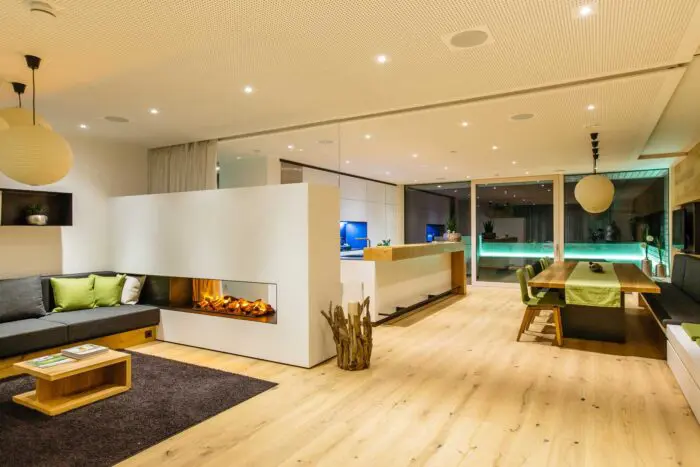
LEDs are capable of producing ambient lighting because they have switchable correlated colour temperature, high CRI (colour rendering index) and make it easy to create a layout which is easy on the eyes and enhance productivity. The CCT is measurable on a kelvin scale ranging from 2500K to 6000K which produces warm glowy light to bright white or daylight like light.
Low maintenance
LEDs are quite low maintenance while also offering energy savings in many ways including having an efficient built-in heat sink which dissipates heat and does not increase the temperature of the surroundings. The fixture stays functional throughout its warranty period and requires maintenance once in two years. It stays functional even in emergency situations and is safety rated for different environments. The low maintenance saves up a lot of trouble for the owners and also helps save the cost of maintenance in the long run.



